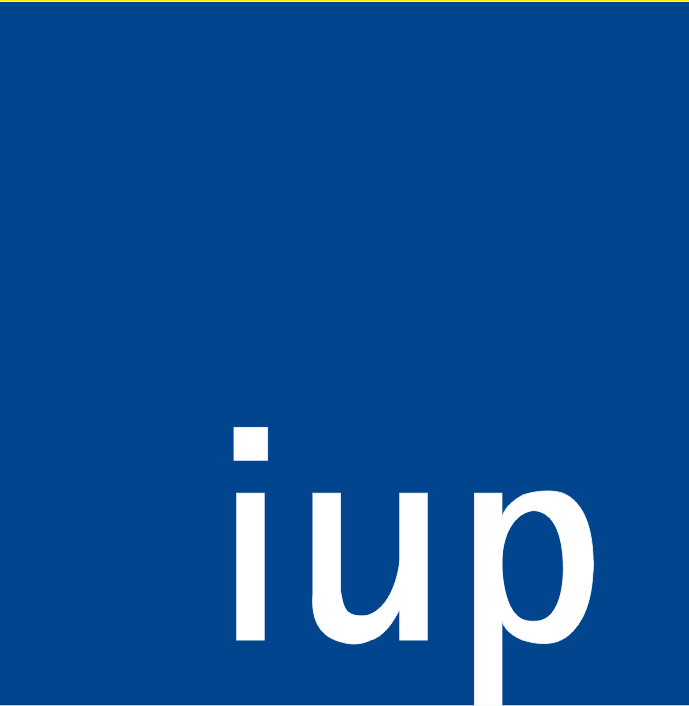Publikationen (FIS)
Advancing Sustainable Development Goals with localised nature-based solutions
Opportunity spaces in the Lahn river landscape, Germany
- verfasst von
- Stefan Schmidt, Paulina Guerrero, Christian Albert
- Abstract
Nature-based solutions (NBS) are recognized as promising actions to alleviate societal challenges and achieve the United Nation's Sustainable Development Goals (SDGs). One scientific challenge to implement NBS in practice is to locate areas suitable for an effective implementation of NBS (opportunity spaces). Opportunity spaces either already host NBS that need to be safeguarded or restored, or provide the socio-ecological conditions for establishing new NBS. Complex methods have been proposed to model potential locations of selected NBS, but they are often too data and resource intensive to be applied in practice for landscape planning. The aim of this article is to put forward a pragmatic method for identifying NBS opportunity spaces that contribute to advance multiple SDGs, and to test its application in a participatory, extended peer-review process in the Lahn river landscape, Germany. Our method includes: (i) synthesizing a generic catalogue of NBS in river landscapes, (ii) estimating the potential of NBS to achieve simultaneously Lahn development goals (LDGs) and SDGs, and (iii) applying key spatial indicators and best available data to explore opportunity spaces for selected NBS. The generic catalogue provides a systematic overview of 650 individual NBS for river landscapes and their respective potentials for addressing LDGs and SDGs. The NBS Renaturalising floodplains through land use changes, Revitalising historic floodplains, and Creating buffer strips are those actions contributing to the greatest number of local SDGs (locally adapted SDGs that include LDGs). Results of the spatial analysis in the Lahn river landscape showed about 4739 ha of areas where NBS were already in place and need to be safeguarded and additional 1323 ha with opportunities for further NBS creation. The proposed method presents a robust and transferable approach that facilitates spatial mapping of NBS to local SDGs for planning practitioners facing time and resource constraints.
- Organisationseinheit(en)
-
Institut für Umweltplanung
- Typ
- Artikel
- Journal
- Journal of Environmental Management
- Band
- 309
- ISSN
- 0301-4797
- Publikationsdatum
- 01.05.2022
- Publikationsstatus
- Veröffentlicht
- Peer-reviewed
- Ja
- ASJC Scopus Sachgebiete
- Environmental engineering, Abfallwirtschaft und -entsorgung, Management, Monitoring, Politik und Recht
- Ziele für nachhaltige Entwicklung
- SDG 15 – Lebensraum Land
- Elektronische Version(en)
-
https://doi.org/10.1016/j.jenvman.2022.114696 (Zugang:
Geschlossen)


